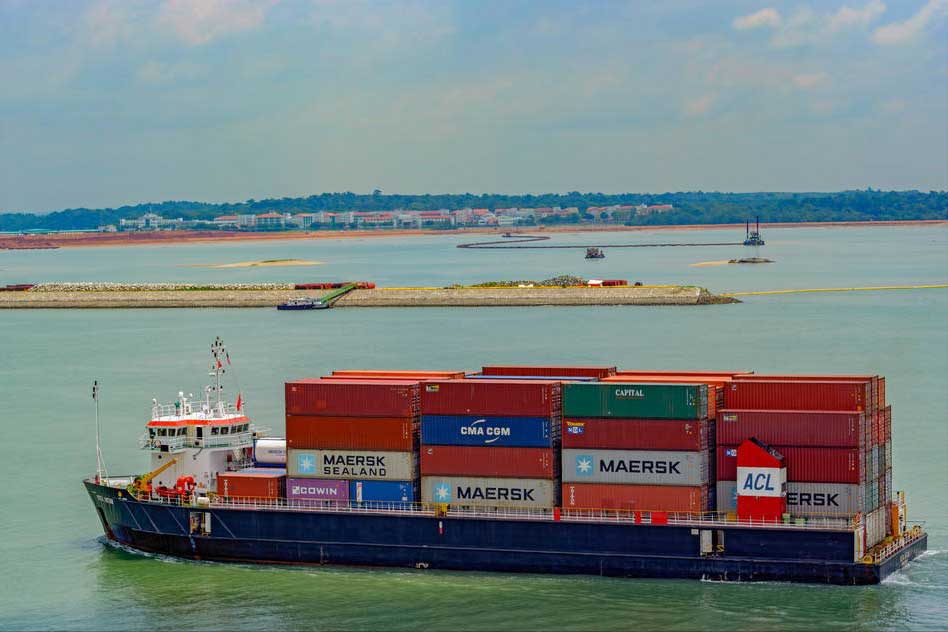
The "Twins" of Bonded Logistics Centers: What’s the Difference Between Type A and Type B?
In the customs supervision system, bonded logistics centers are like twins with distinct personalities. According to the "Interim Measures for Customs Supervision of Bonded Logistics Centers (Type A)" and the Type B management measures, these "siblings" both enjoy bonded policies but have different regulatory focuses:
- Type AMainly serves specific enterprises, equivalent to a "private garden," operated exclusively by one company.
- Type BMore like a "public park," allowing multiple enterprises to operate, with more open platform characteristics.
Regardless of the type, customs act like strict "gardeners," using three "scissors"—networked supervision, video monitoring, and on-site inspections—as clearly stipulated in Articles 16 and 18, to ensure goods in the center are "trimmed" neatly.
Customs' "Digital Eye": How Does the Networked Supervision System Work?
Modern customs supervision is no longer the era of random checks with notebooks. According to Articles 17 and 19 of the management measures,the computer networked supervision systemThis is customs' "digital eye," requiring enterprises to:
- Establish ERP/WMS systems compatible with customs
- Transmit real-time data for the entire process of entry, exit, transfer, and storage
- Maintain data integrity and traceability
I once handled a typical case: A company experienced a 48-hour data interruption due to a system upgrade. Although it reported the issue promptly, it was still required to suspend operations for a week for rectification. This reminds us thatsystem stability and data continuityare the lifelines of networked supervision.
The "Trilogy" of On-site Inspections: How Should Enterprises Respond?
When customs issue an inspection notice, it’s like receiving a pop quiz from a teacher. According to the process, this "test" involves three key steps:
- Preparation phase: Upon receiving the notice, immediately initiate cross-department collaboration, forming an emergency team with finance, logistics, and customs personnel.
- Exam phaseWhen cooperating with customs to review documents and inspect goods, it is recommended to follow the "three synchronizations" principle—synchronized recording, synchronized explanation, and synchronized rectification.
- Submission moment: Before signing the Inspection Work Record, confirm each item carefully. I’ve seen cases where companies rushed to sign, leading to subsequent disputes.
Special reminder: Inspection locations may be in warehouses, offices, or even container yards.Maintain routine compliance at all operational sitesMore important than last-minute cramming.
IV. Supervision red lines and golden rules: 20 years of experience summarized
After hundreds of customs inspections, Ive summarized theseblood-and-tear lessonsandCustoms clearance secrets:
- Absolute red linesTampering with system data, unauthorized relocation of goods, or discrepancies between documents and goods are like playing hide-and-seek under customs' "watchful eye.",
- Golden RuleEstablish a three-tier data verification mechanism (operator self-check, supervisor review, monthly audit), like adding "three locks" to the data.
- Emergency Plan: When system fails, immediately activate dual-track recording with paper logs + photo evidence. We once used this method during a typhoon power outage to avert disaster
Remember: Customs supervision is not a "cat-and-mouse game" but a partnership to maintain trade order. During one inspection, customs discovered a system vulnerability and instead provided upgrade suggestions—this kind of positive interaction is the way forward.
V. The future is here: The path to corporate upgrading under smart supervision
With blockchain, IoT and other new technologies, customs supervision is moving towardintelligenttransformation. Companies should prepare in advance:
- Pilot electronic fence technology for real-time cargo tracking
- Explore direct data links with customs big data platforms to reduce manual intervention
- Develop hybrid talent proficient in both trade compliance and digital technologies
After assisting a client deploy RFID systems last year, their average inspection time dropped from 3 days to 4 hours - the best proof of technologys empowerment. In bonded logistics,compliance and efficiency are never mutually exclusive.
From the perspective of 20 years of foreign trade experience, bonded logistics center supervision is like a meticulously orchestrated symphony. Enterprises are the musicians, and customs are the conductors. Only when every note is accurate can the beautiful movement of trade facilitation be played. The next time you face a customs inspection, treat it as a business health check—after all, trade links verified by "sharp eyes" are the true passports to international trade.


 Follow Customer Service WeChat
Follow Customer Service WeChat